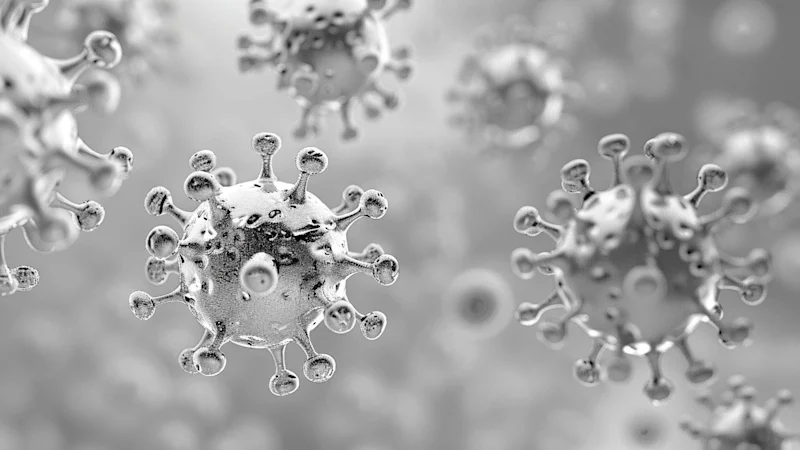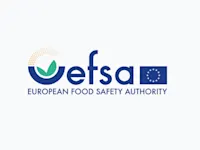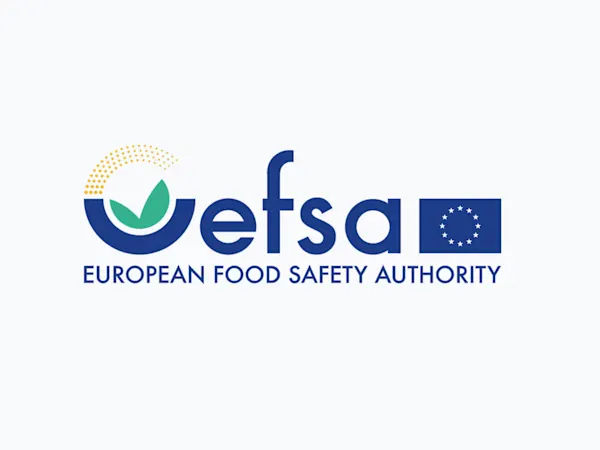
EU Ministers Press Commission on Delayed REACH Revision Amid Industry and Environmental Demands
EU Member States urge the Commission to accelerate the REACH revision, citing urgent health, environmental, and industry competitiveness needs.


The European Chemicals Agency (ECHA) has released a detailed assessment report outlining the regulatory needs for silver and its compounds. This comprehensive evaluation is aimed at identifying and managing potential risks associated with these substances, particularly focusing on their environmental and human health impacts.
The report covers 43 silver compounds, including both simple and complex forms, and details their chemical structures, registration types, and tonnage bands. Some of the key substances evaluated are:
Several silver compounds have been identified as potential reproductive toxins. Notably, silver metal and its nanoparticle forms, silver nitrate, and other highly soluble silver compounds are suggested for further regulatory action to address reproductive toxicity. Extended one-generation reproductive toxicity studies and new in vivo toxicokinetics data have reinforced concerns about these substances.
Silver compounds are known for their aquatic toxicity, leading to classifications under various hazard categories. Silver nitrate and silver metal are under particular scrutiny due to their widespread industrial, professional, and consumer uses which pose significant exposure risks.
ECHA proposes several regulatory actions, including:
The report also addresses the use of silver compounds as biocidal substances. Several silver-containing biocides have been evaluated, with some facing non-approval decisions due to insufficient efficacy. Coordination with the European Food Safety Authority (EFSA) has been undertaken to ensure consistent risk assessment methodologies for biocidal products used in food contact materials.
ECHA's assessment emphasises the need for robust regulatory frameworks to manage the risks associated with silver and its compounds. The proposed actions aim to enhance worker safety, protect environmental health, and ensure that these substances are used responsibly across various sectors. The report highlights the importance of continuous monitoring and data generation to keep regulatory measures up-to-date with emerging scientific evidence.
Foresight continuously tracks 1000s of sources and maps updates to your portfolio:




EU Member States urge the Commission to accelerate the REACH revision, citing urgent health, environmental, and industry competitiveness needs.

The EU has classified DBDPE as a substance of very high concern (SVHC) due to vPvB properties, affecting manufacturers and downstream users of flame retardants.

EFSA launches consultation on updating its Weight of Evidence and Biological Relevance guidance, aiming to streamline chemical risk assessment practices.
Subscribe to Foresight Weekly and get the latest insights on regulatory changes affecting chemical compliance.
Free forever. Unsubscribe anytime.
Read by professionals at